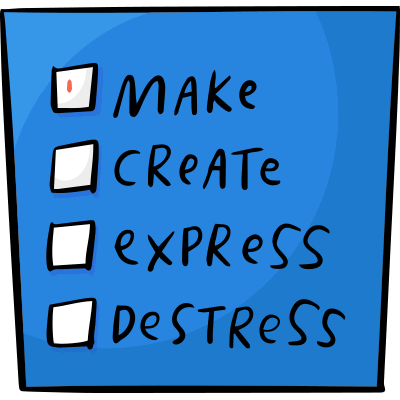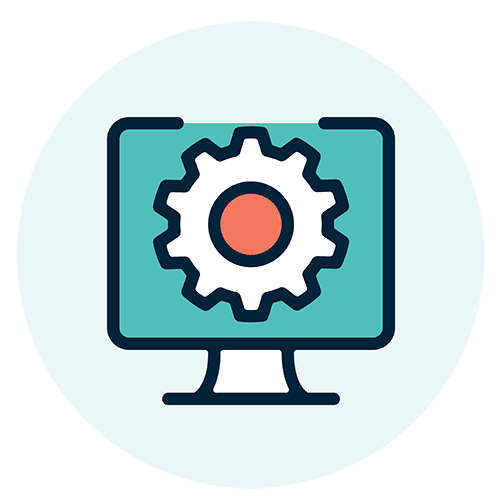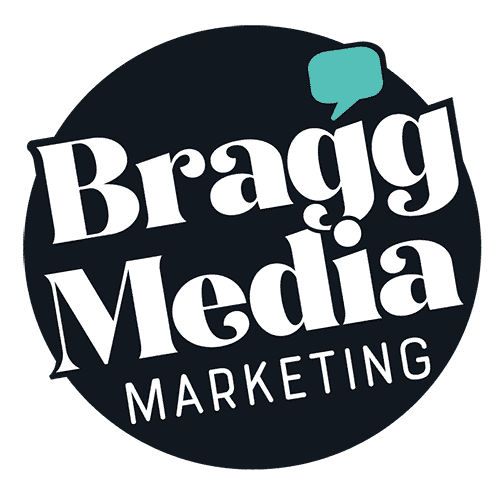
Does this sound familiar?
You are a business owner who needs professional graphic design work. You don’t have time for DIY design. You have a limited budget, so you seek out the Internet for logo contests and cheap freelancers. However, the designs look templated and they don’t seem to capture what you want.
When you do find a decent designer, you are beholden to their ill-defined process, conflicting schedules or creative differences. Finally, you find your unicorn — a designer who listens and truly captures your brand’s unique aesthetic. The costs are affordable in the beginning, but the costs quickly add up for repetitive projects.
While there are a spate of DIY design tools to help save money, you still need the skills of a professional graphic designer. It takes time to learn these tools and to establish a design process. Additionally, graphic design templates are difficult to customize in a way that doesn’t look like everyone else.
But does a graphic design service like this exist? Yes, and it’s called agile design.
Get social with us!
Subscribe to the latest marketing news.
How agile design can resolve these challenges
Agile design is a framework for project management that focuses on individuals and interactions as opposed to the processes and tools. The idea originated in the software industry as an alternative to bureaucratic processes and methods that were considered inefficient.
This approach to design encourages the client and the team to collaborate during the entire phase of a project. The team can understand the priorities of a client’s business and produce deliverables with the most business value to the client.
Ultimately, the agile design approach helps companies receive the design they need while allowing agencies to quickly deliver the service their clients want.

How DIY tools work for agile design
Agile design is predicated on establishing an efficient process with tools used by professional graphic designers and clients with little to no design experience.
For example, WordPress website visual builders have drag-and-drop frameworks that allow even the most technologically challenged to build a basic website with very little experience. Additionally, online tools such as Canva and Snappa have similar drag-and-drop software with eye-catching templates, graphic elements, stock photography and even video to create beautiful graphic designs on the fly.
These tools do not replace the expertise of a professional graphic designer — who is trained to understand print requirements, user behavior, functionality, etc. The bottom line: professional graphic designers or creative agencies improve the process.
How agile design improves projects
Traditional design process means the client makes the decisions and approves the work while the graphic designer creates the work and prepares the final completion of the work. This becomes a time-consuming back-and-forth process.
The agile approach means everybody takes responsibility and initiative in working toward the greater goal. The agile design framework involves working collaboratively. The entire team exchanges feedback, helps each other make improvements, gains valuable advice and ensures that other groups are aligned with their work.
The result is an organic iterative design process that results in quality work finishing up faster. The traditional approach or one decision-maker approach can often lead to a disjointed project, especially if the leader is not adept at the role.
 Website Design
Website Design
Affordable website design with a process that works for you.
How to adopt and execute agile design
Start by understanding the principles of agile project management for a strong overview of how to be agile with your design work. To help you start the agile process, here are some helpful tips:
Unify everyone on a single platform
Communication is a big challenge in the agile environment. Fortunately, the issue can be solved by using a project management or collaborative platform. These platforms allow users to track progress, provide feedback, evaluate work, and chat in live time. Operating without a collaborative platform can create a lot of confusion.
Establish and assign responsibilities
While it is a collaborative and iterative process, you should still assign greater responsibilities to team members that are more skilled and experienced. Take, for example, a team in charge of creating a landing page designed to generate leads. The team member who has the most experience with conversion rate optimization should have the most say in how the landing page should be designed and written.
Create a process that everyone can follow
There should be a clear process that everyone can follow so that tasks, goals and projects are aligned as much as possible. For instance, there can be a phase for research, mock drafts, and for “sprints.” A sprint is a period of time where a team focuses on completing a certain task or goal. Teams should also meet on a defined schedule to review progress, evaluate work, and plan the next steps.
Set up reminders to help everyone stay on track
It’s important to make sure that the project moves forward as smoothly as possible. To ensure this happens, set up automatic reminders for team members. Keep everyone updated on timelines and deadlines. Get team members to post ETAs on their tasks and projects. Allow everybody to communicate their problems and constraints so that team members can help each other.
Optimize your process
Level your expectations. The agile design process will never be perfect the first few times. After every project, take a step back to figure out how to make improvements. Make continuous improvements until the agile process is optimized. Every organization will have its unique approach to execute the agile framework.
Who are the ideal candidates for agile design?
The agile design framework may not apply to every business owner. It applies to two primary candidates. The first is the company that produces a lot of content. The company may need designs for landing pages, new websites, new ad creatives and content. Graphic design needs to be completed quickly so that marketing campaigns can be launched and tested.
The second is the digital marketing or design agency. They have experience dealing with multiple clients and projects at a given time. Graphic design is routinely required for marketing campaigns, content creation or website design/development. Design is such an important part of marketing that when design delays occur, delays in marketing campaigns, content schedules, and other projects also occur.
The bottom line
Agile design is a framework that can benefit many business owners. However, it’s not a flawless approach. The agile approach can lose focus if there isn’t a central leader who has a clear vision of what the outcome should be. Bigger responsibilities also need to be assigned to team members who have more experience in a particular field or skill. When an organization figures how to adopt and integrate agile into their unique process, they’ll begin to reap the benefits.
 Marketing Retainers
Marketing Retainers
Branding, creative, digital and strategy with results.

